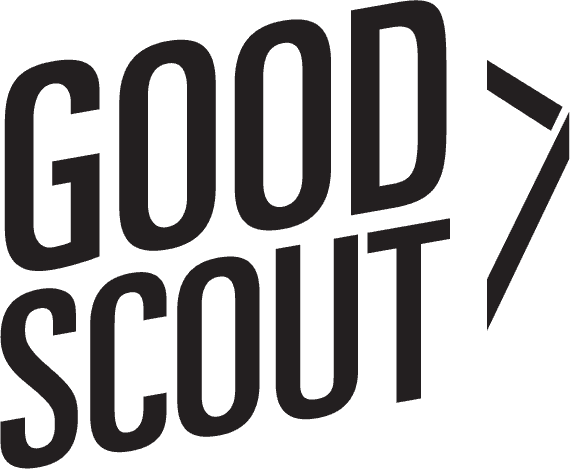Impact storytelling is constantly top-of-mind for fundraisers as nonprofit organizations and teams look for ways to forge deeper connections with donors.
This article delves into how authentic narratives and strategic communication can enhance donor engagement, offering ideas for nonprofits seeking to strengthen supporter relationships with minimal additional effort.
Good Scout Senior Strategist Cindy Jones-Nyland shares her experiences helping nonprofit fundraising teams expand their storytelling repertoire and develop systems for creating compelling, authentic messages that help to acquire and move supporters to act.
The Evolution of Impact Storytelling in Nonprofit Fundraising
Storytelling has always played a leading role in fundraising, yet changes in the way we interact as a global community have affected how we receive and respond to narratives. Through crowdfunding platforms like GoFundMe, individuals are able to give directly to their friends, neighbors, and community without intermediaries, and they expect a parallel experience when giving to a nonprofit.
Recent research by BDO has further highlighted a significant shift in donor expectations. A majority of large nonprofits have observed that donors are increasingly seeking detailed qualitative information about the impact of their contributions, with 53% requesting more qualitative impact data and 45% asking for more social impact data (the latter up a substantial 21% from the prior year). It’s a trend that appears set to continue, underscoring the need for nonprofits to adapt their communication strategies accordingly.
In short, donors want to be closely connected to the causes they’re supporting. To meet this need effectively, it’s essential to share personalized, impactful stories that engage supporters, moving beyond generic, high-level marketing narratives.
Strategically Organized Storytelling in Donor Engagement
One of the challenges that this shift in supporter mindsets presents is the heavier workload it places on nonprofit fundraisers, marketers, and teams to meet expectations.
So is it possible for nonprofit teams to craft compelling, personalized stories without getting bogged down in a sea of custom messages? Jones-Nyland says yes.
There are numerous tactics that nonprofit leaders and teams can have in their toolbelt to streamline storytelling assets while maintaining authenticity and communicating the impact of supporter contributions.
One of the most strategic ways fundraisers can do this is by creating a replicable framework. This usually involves careful categorization and codification of impact storytelling assets and messaging that can be deployed at different stages of supporter acquisition, mobilization, and stewardship. Jones-Nyland shared an example:
“I worked with an organization where donors for a particular program were primarily focused on gender equity. Although gender equity was an integral part of this program, the increasingly detailed demands of the donors posed a challenge. To address this, we divided the program into four distinct components, with gender equity as a key component. This approach allowed us to group together various programs that included aspects of gender equity, effectively broadening our funding scope. As a result, we expanded our funding opportunities by widening the scope of eligible programs, rather than narrowing it.”
Importantly, developing a consistent, repeatable framework through this type of organized storytelling can create opportunities to generate more flexible funds. It also helps avoid some challenges with donors having outsize influence over a program.
The Power of Collaboration Between Program and Fundraising
A piece to this storytelling puzzle is the need for cross-pollination and collaboration between programming and fundraising. While long-established nonprofit organizations may be used to a more fragmented internal structure, collaboration and cohesion are becoming crucial to attaining content assets and building the framework we just mentioned.
Joint efforts can ensure everyone’s on the same page and create an internal solidarity that profoundly impacts donor interactions. Ultimately, you inherently improve your internal brand and establish consistency, leading to trust with donors.
Developing expertise in impactful and well-structured impact storytelling is a gradual process. Creating resources collaboratively, which various departmental teams can utilize and enhance, significantly improves your organization’s connection with donors.
To learn more about how Good Scout Group can help your organization develop a framework for impact storytelling and fundraising growth, contact our team today.
